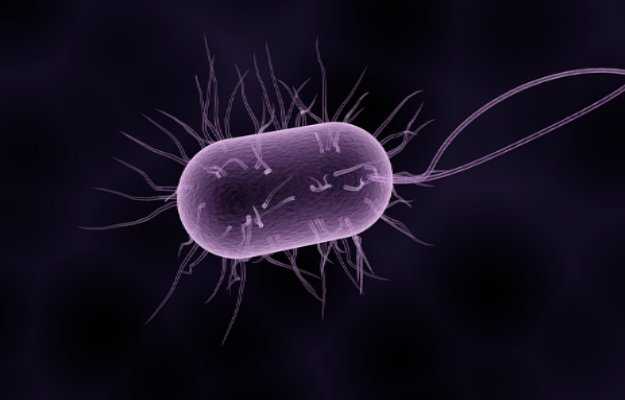What is tularemia?
Tularaemia refers to a bacterial infection which, is passed onto humans through contact with an infected animal. It is a rare disease, but the reported cases come mostly from North America and a few regions of Europe and Asia.
What are its main signs and symptoms?
Symptoms of tularaemia are as follows:
- Fever
- Sweating
- Irritation in the eye
- Headaches
- Pain in the muscles
- Pain in the joints
- Difficulty in breathing
- Weight loss
- Appearance of red spots on the skin, which turn sore
- Ulcers on the skin
- Mouth ulcers
- Swelling on the lymph glands in the neck
The symptoms begin to appear 3-5 days after the exposure to the bacteria.
What are the main causes?
The primary cause of tularaemia is the bacteria called Francisella tularensis. This bacterium tends to be present in many wild rodents.
Humans may get the infection through a bite from the infected animal or even ticks, mosquitoes and horseflies.
Breathing in the dirt which contains these bacteria may also cause infection.
Direct contact with infected animals or handling its dead body is also a mode of transmission.
Eating undercooked and infected meat may spread the infection too.
How is it diagnosed and treated?
The diagnosis of tularaemia can be difficult as its symptoms may be confused with the symptoms of other common diseases. However, tularaemia is specifically diagnosed with the help of blood tests and chest X-rays. A history of handling rodents and physical examination too will help make the diagnosis.
After confirming the diagnosis, the doctor will recommend the use of antibiotics as a form of treatment. Most commonly used antibiotics for treating tularaemia are:
- Streptomycin
- Gentamicin
- Ciprofloxacin
The treatment may last up to 3 weeks depending upon the severity of the symptoms.
Prevention of tularemia is possible by handling animals and soil while wearing gloves and eating well-cooked meat only.
Tularemia is treatable but if left undiagnosed, it could lead to complications such as pneumonia and bone infections.
















